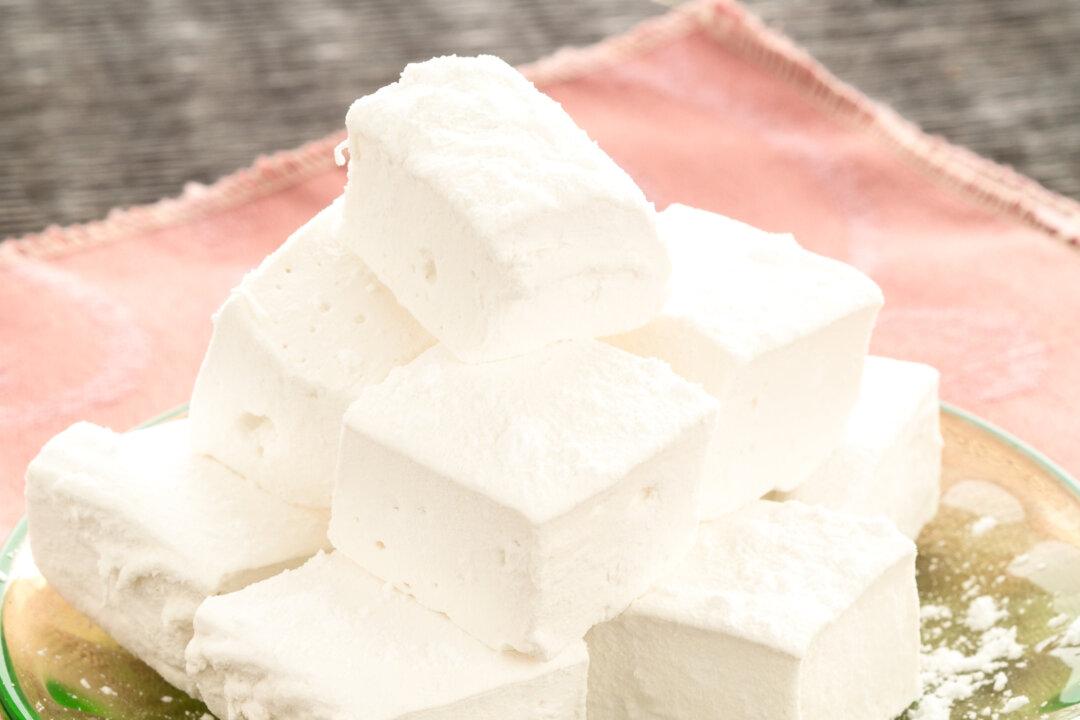My family has always loved marshmallows — especially the bags of soft, fluffy pink and white ones that are regularly sold back home in England. However, we soon became very much into the American way of living, and I’ll never forget having that first delicious bite of my first-ever s’more. I’d only ever had a roasted marshmallow on a stick over a campfire as a young girl at summer camp, so you can imagine my sheer joy!
My youngest daughter became vegetarian a few years ago, so her beloved s’mores became a sad and distant memory for her, as vegan marshmallows are not a regularly stocked item in our local stores. You can order them online, but by the time we’d next be making s’mores, she had eaten them all, and we had typically forgotten to order any more for her. Now that I know how easy it is to make vegan marshmallows, though, we’ll be making them regularly! And I will always be making two batches so I can color one batch baby pink to remind me of the old days of pink and white.
What’s the Difference Between Vegan and Regular Marshmallows?
The main difference is that egg whites are not used in vegan marshmallows. They are either replaced with aquafaba (the liquid in cans of chickpeas) or pea protein powder diluted with water to yield the desired beaten texture that egg whites typically produce. Regular marshmallows also have to have sugar syrup (and sometimes glucose or corn syrup) boiled to a high temperature to set and cook the beaten egg whites. This recipe takes only half the time because you only need to boil the syrup for five minutes, as the stabilizers and agar-agar help create the right texture instead of set and cooked beaten egg whites.





